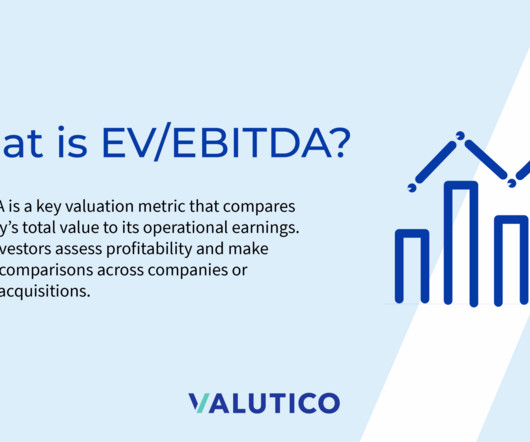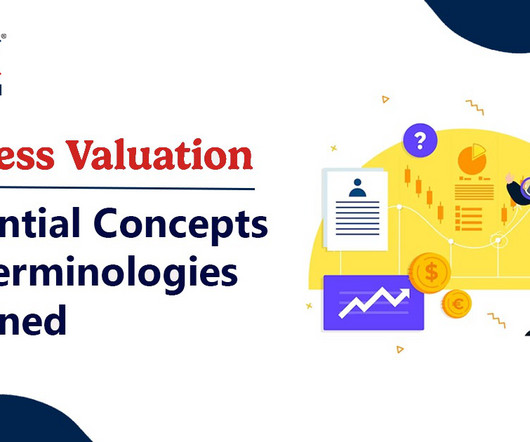EV/EBITDA Explained: A Key Valuation Multiple for Investors
Valutico
MAY 19, 2025
The core idea behind relative valuation is to estimate a company’s value by comparing it to similar companies based on how the market prices their financial metrics. EV/EBITDA is a widely used multiple in this relative valuation approach. What is EV/EBITDA? Breaking down the multiple What is EBITDA?



















Let's personalize your content